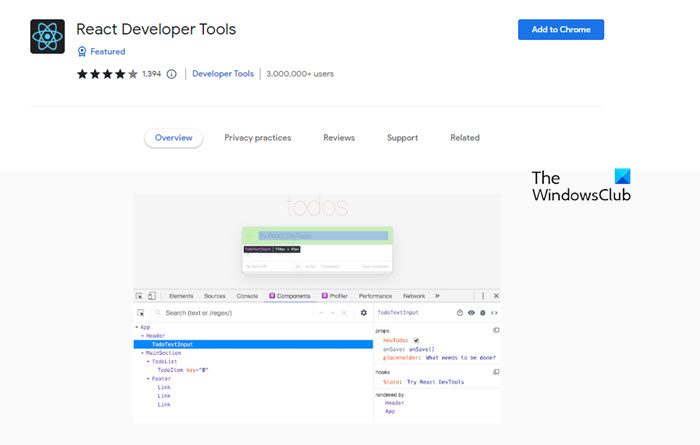
(Another three – the AppCache API, Device motion/orientation, and Fullscreen – will follow in time.) Service Workers used for background sync and notification.

Google’s Accelerated Mobile Pages (AMP).Google’s Brotli web compression algorithm.These mostly hidden functions currently include: The principle of secure contexts is an incredibly simple one – that certain powerful web capabilities and APIs (whose risks users are often barely aware of) should be forced to work over HTTPS. This could be about to change thanks to the publicity generated by the much better-known campaign by Google and others to migrate websites from insecure HTTP connections to encrypted HTTPS. The odd thing is that while secure contexts (also called ‘secure origins’) matter a lot to end user security, almost nobody beyond web devs has ever heard of the mechanism or pondered why it might be a big deal. This isn’t a surprise – Mozilla mandated that security-sensitive geolocation be added as a secure context last March – but the signal is still significant.Īll the building blocks are now in place to quicken the adoption of HTTPS and secure contexts, and follow through on our intent to deprecate non-secure HTTP.Įveryone involved in standards development is strongly encouraged to advocate requiring secure contexts for all new features on behalf of Mozilla. It’ll open a browse window to select the file containing CA certificate to import.Ĥ.Mozilla’s embrace of HTTPS, the secure form of HTTP, has ratcheted up a notch with the news that Firefox developers must start using a web security design called ‘secure contexts’ “effective immediately.” In Authorities tab, click on Import button. It’ll open Firefox Certificate Manager window. Under Certificates tab, click on “ View Certificates” button.ģ. Open Firefox Preferences window and go to Advanced section.
Mozilla firefox insecure connection install#
If you want to keep using 64-bit version of Firefox, then you’ll need to manually install Kaspersky antivirus root certificate in Firefox to fix this issue.ġ. Since 64-bit version of Firefox is not yet supported by Kaspersky, you can try to uninstall Firefox 64-bit and then install the regular 32-bit version of Firefox and your problem will be solved. If you face this problem, you can try following solutions: If you are also using Mozilla Firefox 64-bit version and Kaspersky antivirus or Internet security suite in your computer, you might also face this problem. That’s why it might show that error message when you try to open HTTPS websites in Firefox 64-bit version. Since Firefox 64-bit version is very new, there is no support for it yet in Kaspersky program. This untrusted connection issue might appear if you are using a 64-bit version of Mozilla Firefox along with Kaspersky security suite. Kaspersky staff member told the reason as following: There was also a thread at official Kaspersky Lab forums regarding the same problem and a user was having similar problem while trying to access Google and Bing websites. It was happening due to Kaspersky security program which was blocking HTTPS websites due to a certificate related issue. PS: In newer Firefox versions, you may receive “ Secure connection failed“, “ Your connection is not secure“, “ Secure connection cannot be established“, “ Warning: Potential Security Risk Ahead” and “ Did Not Connect: Potential Security Issue” errors and warning messages.Īfter some troubleshooting, he was able to find out the culprit.

An additional root certificate may need to be imported. The server might not be sending the appropriate intermediate certificates.

The certificate is not trusted because the issuer certificate is unknown. As a result, it is not possible to add an exception for this certificate. This site uses HTTP Strict Transport Security (HSTS) to specify that Firefox only connect to it securely. If you usually connect to this site without problems, this error could mean that someone is trying to impersonate the site, and you shouldn’t continue. However, this site’s identity can’t be verified. Normally, when you try to connect securely, sites will present trusted identification to prove that you are going to the right place. You have asked Firefox to connect securely to but we can’t confirm that your connection is secure.


 0 kommentar(er)
0 kommentar(er)
